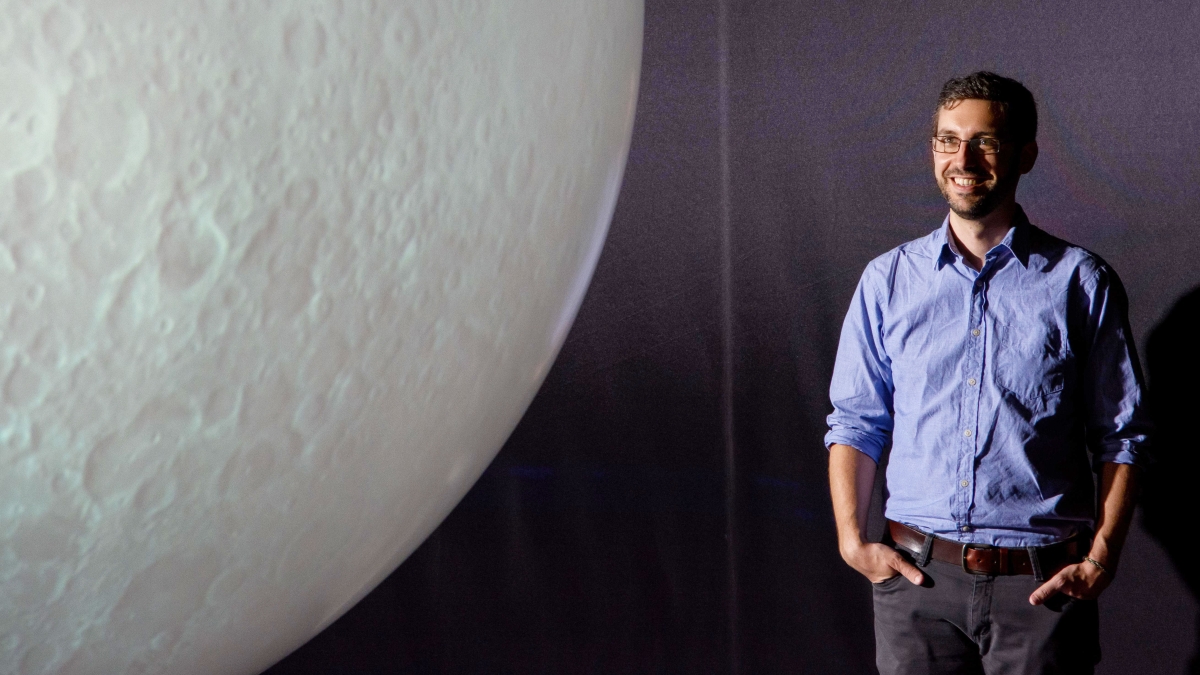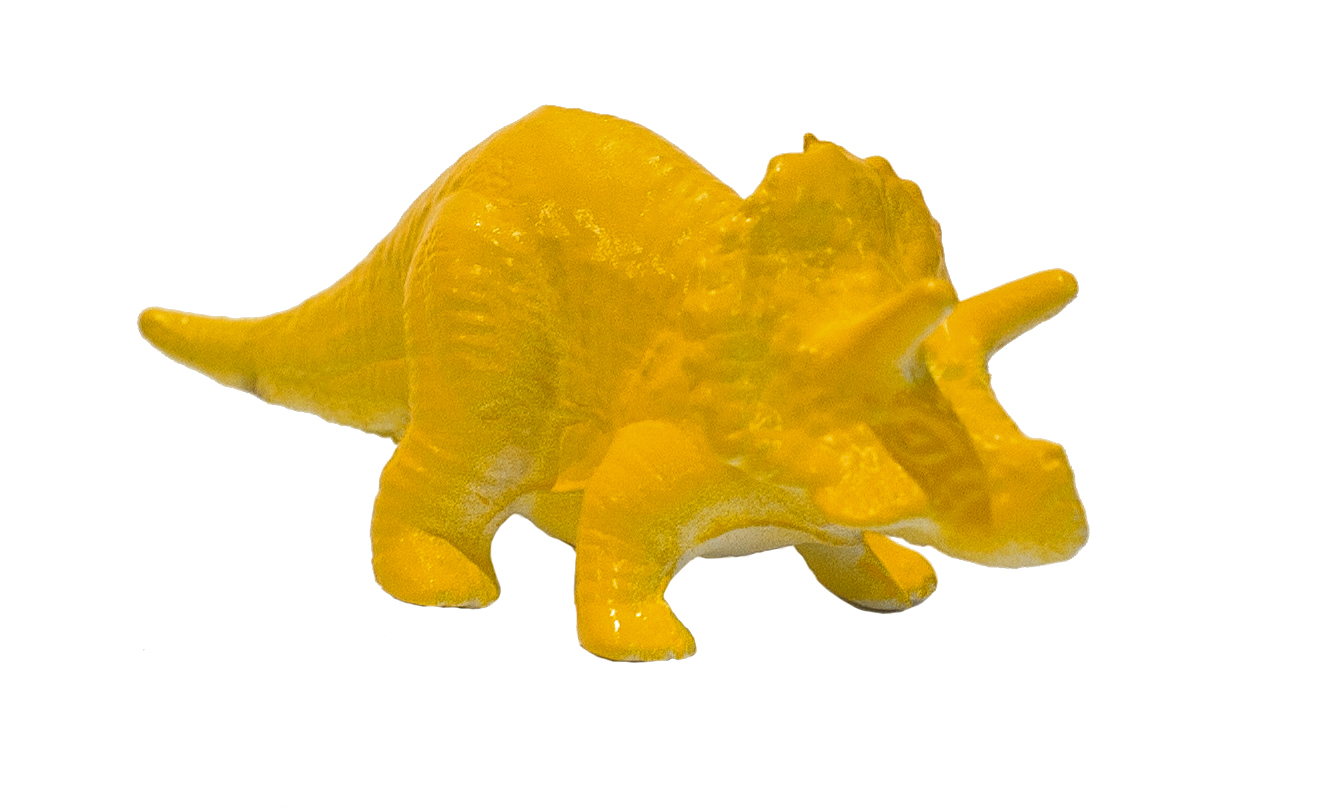Craig Hardgrove was fascinated with dinosaurs. When he found out they were killed off by an asteroid, he became fascinated with space. Now he’s head of a NASA satellite project to explore water-ice deposits on moon. “If you’re interested in something, you never really know where it’s going to lead you,” Craig says.
Luna-H Map
Lunar Polar Hydrogen Mapper
It has been six years since deposits of water were found on the moon. Now the question isn’t “Is there,” but “How much” and “Where.” The LunaH-Map orbiter will train two neutron spectrometers on the moon’s south pole region to confirm and map water deposits in the always-dark craters there. The results will become part of NASA’s strategy for sending humans farther into the solar system.
Craig's favorite dinosaur
triceratops [trahy-ser-uh-tops]
Triceratops exceeded the largest rhinoceroses in bulk, equalling a fairly large elephant, but with much shorter legs.
Explore your interests, options, future
me3 is an interactive game that leads college-bound students to new, even unexpected paths like Craig’s. They explore career interests, relate them to college majors, and design a high school experience around them. Explore more
Download the Learn to Thrive app in the App Store or Google Play Store for more interactive features.
More Science and technology

What does a spacecraft, a skeleton and an asteroid have in common? This ASU professor
NASA’s Lucy spacecraft will probe an asteroid as it flys by it on Sunday — one with a connection to the mission name.The asteroid is named Donaldjohanson, after Donald Johanson, who founded Arizona…

Hack like you 'meme' it
What do pepperoni pizza, cat memes and an online dojo have in common?It turns out, these are all essential elements of a great cybersecurity hacking competition.And experts at Arizona State…

ASU professor breeds new tomato variety, the 'Desert Dew'
In an era defined by climate volatility and resource scarcity, researchers are developing crops that can survive — and thrive — under pressure.One such innovation is the newly released tomato variety…




